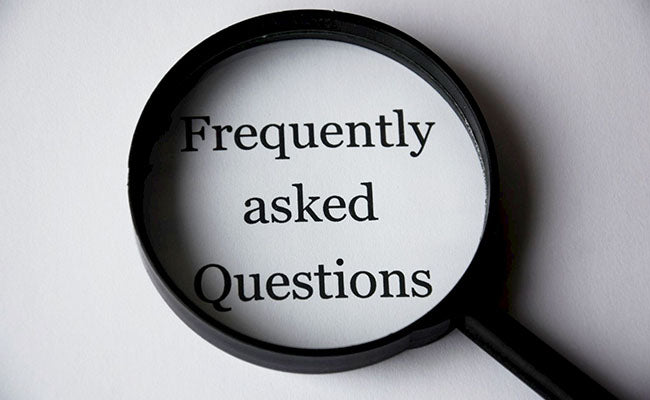Troubleshooting Your Digital Photo Frame
A digital photo frame can be a great way to showcase your cherished memories in an effortless and stylish way. However, like any electronic device, it can occasionally run into issues. If you’ve encountered a situation where your digital photo frame isn’t showing pictures, don’t worry — you’re not alone. There are several common problems that can cause this issue, and most can be fixed with a few simple troubleshooting steps.
Here are some helpful tips to get your digital photo frame back to displaying your favorite images.
1. Check the File Format and Resolution
One of the most common reasons a digital photo frame might not display pictures is due to incompatible file formats or resolution issues. Digital photo frames typically support JPEG, BMP, and PNG file types. If your photos are in a different format, such as TIFF or RAW, the frame might not be able to read them properly.
Solution:
-
Ensure that your photos are in a supported file format, like JPEG.
-
Check the resolution of the images; most frames support resolutions up to 1024x768 pixels. Images with higher resolutions might not display correctly.
2. Verify the Memory Card or USB Connection
If your digital frame is not showing pictures, the issue could lie with the memory card or USB stick you’re using. Sometimes, the connection can be loose or the device may not be properly recognized by the frame.
Solution:
-
Remove the memory card or USB and reinsert it to make sure it’s securely connected.
-
If you're using a USB stick, try switching to a different port on the frame.
-
Try using a different memory card or USB stick to rule out any issues with the storage device.
3. Format the Memory Card or USB Stick
If your digital photo frame still doesn’t display your images, the memory card or USB stick might need to be reformatted. Some frames require a specific file system format to read images correctly.
Solution:
-
Backup the files on your memory card or USB stick.
-
Use your computer to format the device to FAT32 or the format recommended by your digital frame's user manual.
-
Once reformatted, transfer your images back onto the card and test it again in the frame.
4. Update the Digital Photo Frame’s Software
In some cases, a software or firmware issue could prevent the frame from showing images. If the frame has an option to update its software, it’s a good idea to make sure it’s running the latest version.
Solution:
-
Check the manufacturer’s website for any software or firmware updates for your model.
-
Follow the instructions to download and install any updates.
-
After updating, restart the frame and see if the pictures appear correctly.
5. Ensure Photos Are Properly Organized
If your digital photo frame is still not showing pictures, it’s possible the images aren’t properly organized or placed in the correct folder. Some frames are particular about how the photos are arranged and may only display pictures in certain directories.
Solution:
-
Make sure your images are placed in the root folder or a folder specifically designated for photos.
-
Check if the photos are organized by a specific naming convention, if required by the frame.
-
Remove any unnecessary folders or files from the memory device to ensure the frame can read the images.
6. Test the Digital Photo Frame’s Display Settings
If the frame turns on but doesn’t show your pictures, the display settings could be incorrect. The brightness or display settings might need to be adjusted to properly view the images.
Solution:
-
Check the settings for the display, including brightness, contrast, and screen orientation (landscape or portrait).
-
Ensure that the frame is set to display images and not another form of content, like video or slideshow.
7. Reset the Frame to Factory Settings
As a last resort, if your digital photo frame still isn’t showing pictures, performing a factory reset can help. This will restore the frame to its original settings, potentially fixing any underlying software or configuration issues.
Solution:
-
Refer to the user manual for instructions on how to perform a factory reset on your specific frame model.
-
Keep in mind that this will erase any custom settings you’ve configured, so you may need to set the frame up again after resetting.
Conclusion
A digital photo frame should be a reliable and hassle-free way to display your memories. When it’s not showing pictures, it can be frustrating, but most issues can be resolved with a little troubleshooting. By checking the file format, verifying the connection, updating the software, and ensuring the photos are properly organized, you’ll be back to enjoying your photos in no time. If all else fails, a factory reset can often do the trick, restoring your frame to perfect working condition.
By following these simple steps, you can get the most out of your digital photo frame and keep your memories alive, displayed beautifully and effortlessly.




